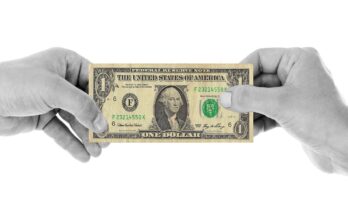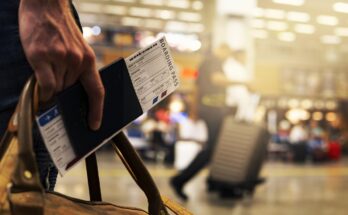ZonaJakarta – Let’s face it: saving for an emergency fund can sound overwhelming—especially when your paycheck already feels like it’s doing a tightrope act between rent, groceries, and that one streaming service you still haven’t canceled.
But if there’s one financial lesson that stands the test of time, it’s this: your future self will always thank you for building an emergency fund.
And guess what? You don’t need to be a spreadsheet wizard or finance guru to start one. All you need is a little planning, a pinch of discipline, and a solid understanding of where your money actually goes.
So, how do you build an emergency fund from scratch, while juggling everything else in your life? Let’s break it down—no tables, no stress, just real talk.
Start with the Golden Question: How Much Do You Actually Need?
Before you start stuffing cash into envelopes or opening a fancy savings account, you need to figure out your target. The classic rule says you should aim for three to six months’ worth of essential living expenses.
That doesn’t mean everything you spend money on. Focus on the basics: rent or mortgage, utilities, groceries, transportation, healthcare, and insurance. These are the “keep-the-lights-on” numbers—the core of what you’d need to survive if your income suddenly disappeared.
For many people, that total lands somewhere between $5,000 and $15,000, depending on your lifestyle, location, and family size. But here’s the key: you don’t need to save it all at once.
Begin With a Starter Goal
If that bigger number feels like climbing Everest in flip-flops, start small. Many financial advisors recommend building a starter emergency fund of $500 to $1,000.
This can cover most everyday crises—like a car repair, a surprise vet bill, or an unexpected medical co-pay—without turning to a credit card.
Once you hit that goal, you’ll already be in a better place than most. From there, keep climbing.
Know Your Cash Flow (No, Really)
This is where budgeting becomes your best friend—not your enemy. Grab a notepad, an app, or the back of a takeout menu. Track where your money goes for one month. Be honest. Include everything: rent, bills, food, weekend treats, random late-night online orders.
Now, look for patterns. Are you spending $100 a month on coffee runs? Ordering takeout three times a week? Paying for subscriptions you forgot about?
You don’t need to give up your entire lifestyle—but trimming the excess can create space for savings without cutting into your essentials.
For example, cutting $50 a week in non-essentials gives you $200 a month. That’s $2,400 a year—enough to cover a few months of basic expenses.
Automate the Habit
One of the easiest ways to stay consistent is to treat savings like any other bill. Set up automatic transfers from your checking account to a dedicated emergency savings account right after payday.
Even $20 or $30 a week adds up faster than you think—and you don’t have to think about it every month.
And here’s a bonus tip: make it slightly annoying to access. Use an account that doesn’t have a debit card or link to your spending app. That way, you won’t be tempted to dip into it unless it’s a real emergency.
Use the “Found Money” Trick
Got a tax refund? Birthday cash from Grandma? A rebate you forgot was coming? That’s found money—and it’s perfect for your emergency fund. Since it’s not part of your regular income, you won’t miss it.
Even tossing half of your next windfall into savings can give your emergency fund a solid boost without affecting your everyday lifestyle.
Keep It Separate—But Accessible
Don’t lump your emergency fund in with your daily checking account. That’s a recipe for accidental spending. Open a high-yield savings account if possible, one that gives your money a little interest while it sits quietly waiting to save the day.
But don’t lock it away in investments or certificates of deposit (CDs). Emergencies don’t wait for your CD to mature. The money should be accessible within a day or two—without penalties.
What Counts as an Emergency, Anyway?
This might be the hardest part of all. Not every unexpected expense qualifies. A 70%-off sneaker sale or last-minute concert ticket? Not an emergency.
Your emergency fund is for things that are urgent, unexpected, and necessary: car breakdowns, job loss, medical needs, urgent travel, home repairs. Treat it like a fire extinguisher—only break the glass when you truly need to.
Stay Consistent, Not Perfect
Life happens. You might miss a month or need to withdraw for a real emergency before your fund hits the target. That’s okay. That’s what it’s for.
The key is to rebuild when you can, stay disciplined, and remember: progress beats perfection every single time.
Final Thought: The Quiet Power of Being Prepared
Having an emergency fund doesn’t mean you’re paranoid. It means you’re prepared. It’s a form of self-care that doesn’t come in a bottle or on a yoga mat—it’s knowing that when the storm hits, you’ve already packed your umbrella.
So the next time payday rolls around and you’re tempted to splurge, pause for a second. Set something aside. Build your buffer. Because peace of mind? That’s something you’ll never regret investing in. (*)




